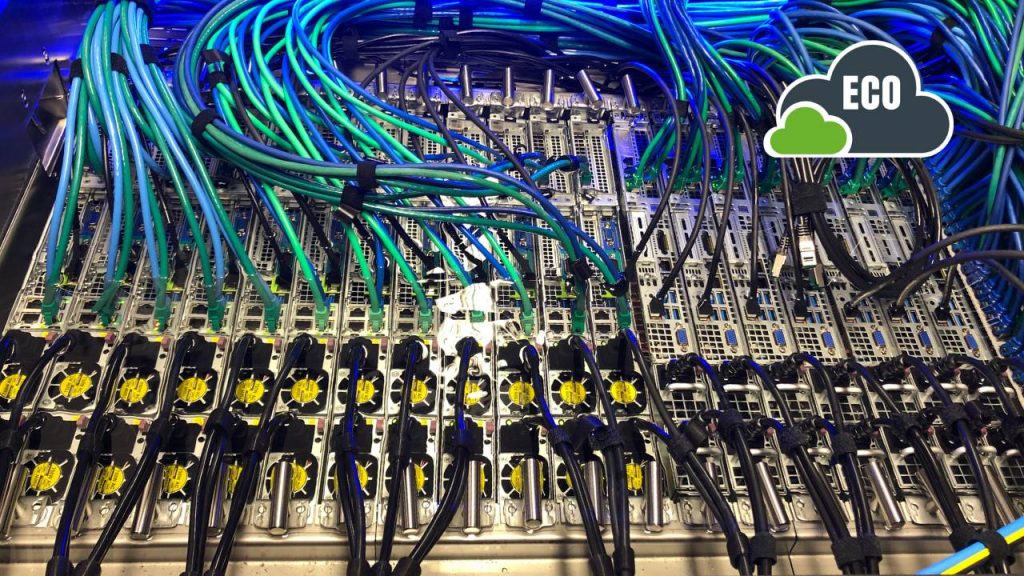Why data centres and cloud providers need to adopt liquid cooling now
In some quarters, liquid immersion cooling has been described as the future technology.
However, for data centres and cloud providers, the future is now; they need to adopt this new cooling technology if they are to cool the equipment effectively, save on costs and also protect the environment.
Efficiency and effectiveness of liquid cooling
When compared to other data cooling options such as air, liquid cooling offers great efficiency, among other benefits, such as reducing the operating cost and improving the life of a component. The liquid is known to be more efficient at transferring heat when compared to air. Depending on the type of liquid used, they are between 50-1500 times more efficient, making them viable solutions when it comes to solving the challenges that come with air cooling, especially with the increase in computing densities.
Saving on cost
While data centres are looking to gain greater agility and better responsiveness to business needs, lowering their utility bills is still an important aspect. With lowered utility bills, a data centre can channel the saving into improving agility and responsiveness to needs, among other requirements. With liquid cooling, there is a great saving on energy.
Savings is not just in the form of reduced energy bills; it also comes in the form of using less space. Air cooling takes more space on average when compared to liquid cooling.
Traditional air-cooled data centres rely on a series of cooling components that take up higher space, while liquid takes less space. This means that data centres that adopt liquid cooling may not be required to invest more in space-saving on capital requirements. For those who opt for spacious structures, there will be greater savings on space, allowing the facilities to be spacious and easing the movement and general outlook of the data centres.
Environmental protection
Businesses are more focused on reducing their carbon footprint. Data centres that use liquid cooling are in a better position to address this concern. With reduced energy consumption, they are indirectly reducing carbon emissions. With most of the energy generated by fossil fuels lowering the power needs goes a long way in reducing the reliance on dirty sources. Data centres rely more on renewable energy to reach the net zero targets. A cross-check on the major data centres worldwide reveals that they are adopting wind and other renewable energy to power the infrastructures.
Environmental concerns in data centres are not just on power consumption but also in aspects such as noise and space utilization. With liquid cooling, less space is required, meaning that the number of resources required to set up a data centre is less when compared to air-cooled systems, which require relatively larger space. The noise levels in a liquid-cooled system are highly reduced, making these spaces comfortable for workers and visitors.
For the above reasons, data centres and cloud providers must or should now adopt liquid cooling. It offers more benefits to the operators, the users, and the environment at large.




